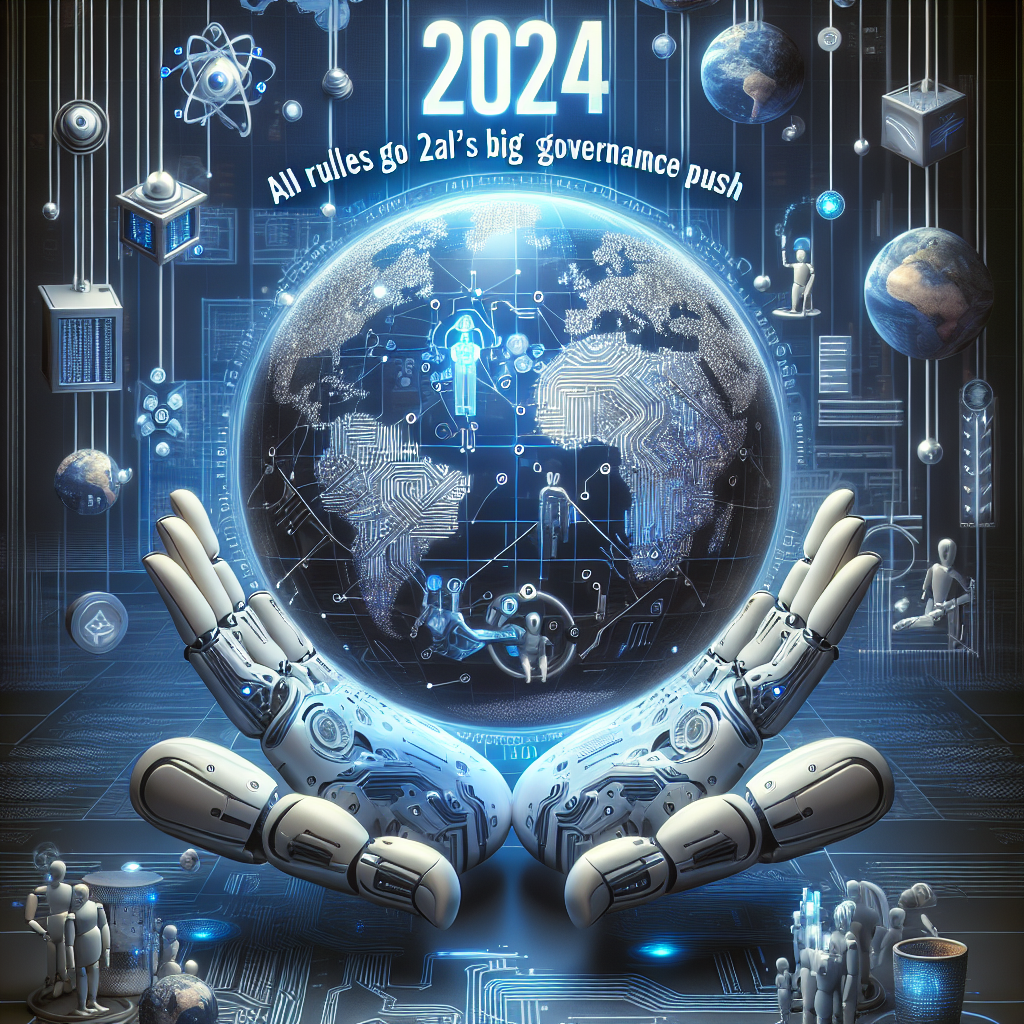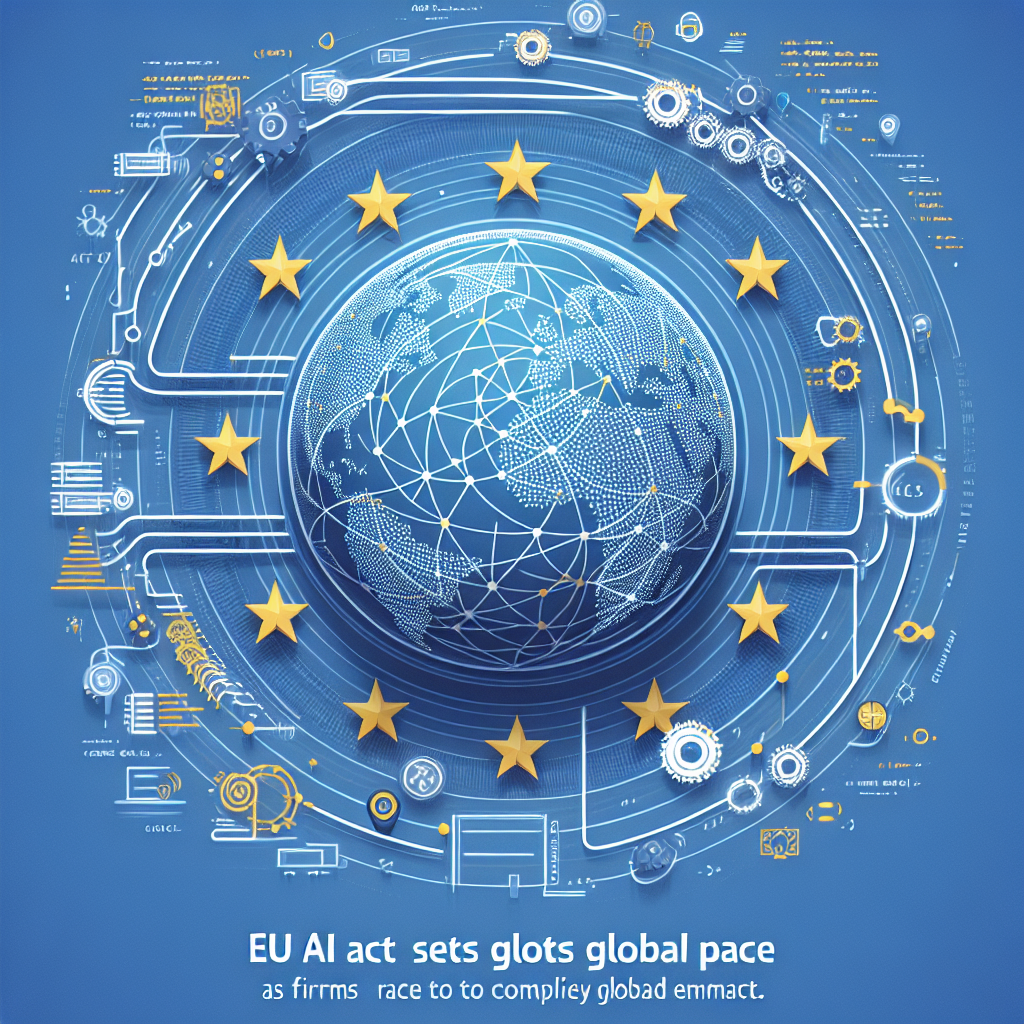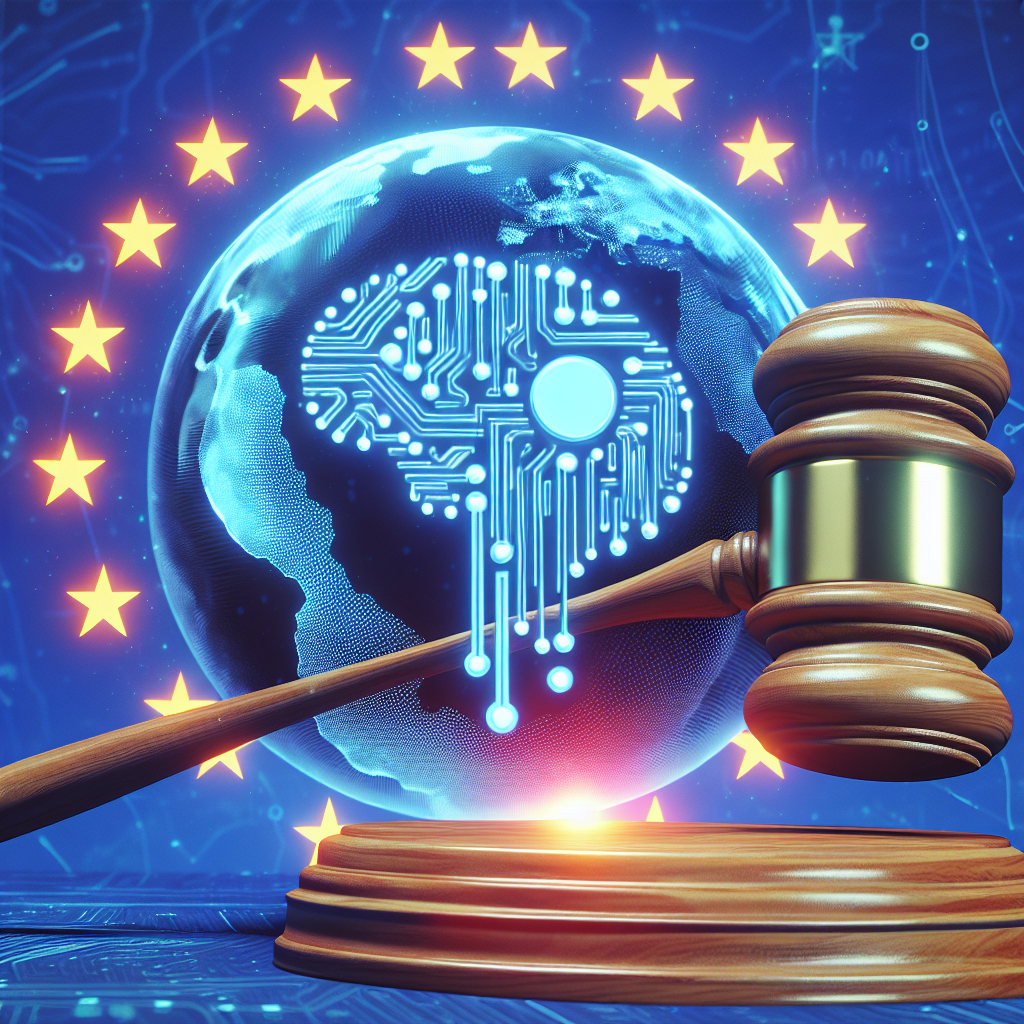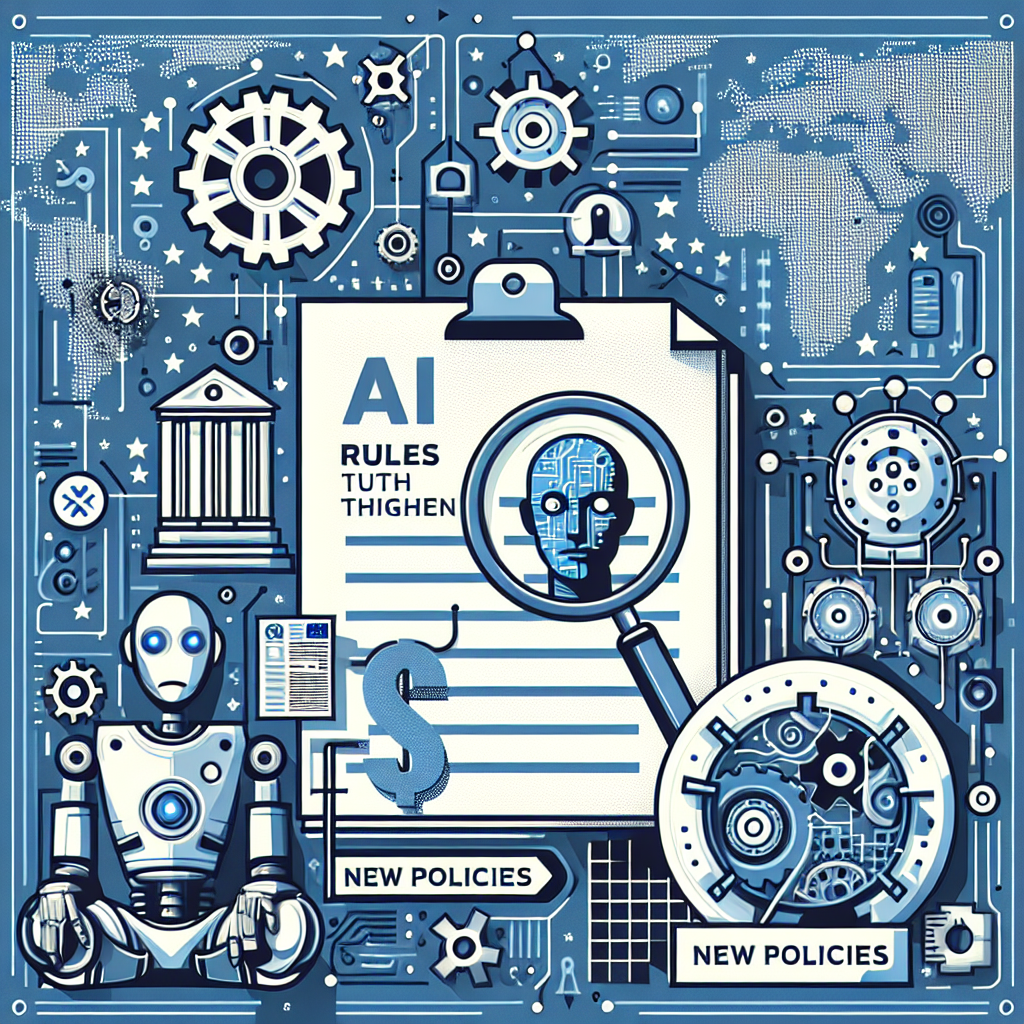Governments Race to Test and Tame Frontier AI

The push to make powerful AI safer gathers pace
Governments and tech companies are moving quickly to set rules for powerful artificial intelligence systems. Over the past year, the European Union approved a sweeping AI law, the United States directed agencies to test and track high-risk models, and the United Kingdom launched a public AI safety lab. The goal is the same: make advanced AI more transparent, accountable, and safe without stifling innovation.
The EU7s Artificial Intelligence Act, formally approved in 2024, will phase in requirements through 2025 and 2026. It takes a risk-based approach, imposing tighter obligations on systems used in critical areas such as health, finance, employment, and law enforcement. In Washington, an executive order issued in late 2023 directed the National Institute of Standards and Technology (NIST) to lead the development of evaluation methods and safety tests, while other agencies craft guidance on watermarking AI-generated media and protecting critical infrastructure. The UK, which convened a global AI Safety Summit in 2023, created a national AI Safety Institute to evaluate cutting-edge models.
What new rules are trying to fix
Policymakers and researchers say today7s frontier models are powerful but unpredictable. They can generate convincing text, images, and code. They can also produce errors, embed bias, and enable misuse. That combination has prompted a focus on safety evaluation and transparency.
- Testing and red-teaming: Regulators want standardized stress tests to probe dangerous capabilities, from cyber intrusion assistance to biological misuse.
- Transparency and disclosure: New rules push developers to publish technical documentation, known as model or system cards, and to label AI-generated media where feasible.
- Accountability: High-risk uses may require human oversight, record-keeping, and incident reporting so problems can be traced and fixed.
- Biometric and surveillance limits: The EU AI Act restricts remote biometric identification in public spaces and bans practices like social scoring by public authorities.
Fines in the EU can reach up to 7% of global annual turnover, or tens of millions of euros, for the most serious violations. In the U.S., the executive branch is leaning on procurement rules and safety standards to steer the market, even as Congress debates broader legislation.
Companies prepare for a new compliance era
Major model developers say they are expanding safety tests and transparency. OpenAI, Google, Anthropic, and others publish documentation describing training data sources in broad terms, known limitations, and risk mitigations. In its public system card, OpenAI notes that ”GPT-4 is less capable than humans in many real-world scenarios”, a reminder that impressive performance in benchmarks may not translate to dependable behavior in high-stakes settings.
Firms are also experimenting with provenance tools. Many media and tech companies support the C2PA standard, which embeds tamper-evident metadata indicating how and when an image, audio clip, or video was generated or edited. Social platforms are testing labels for synthetic content, and some require creators to disclose if content is materially altered or AI-generated.
Independent labs and civil society groups continue to pressure companies to open models to scrutiny. They argue that outside audits, incident reporting, and clear user redress channels are needed for trust. Developers say they support oversight but warn that exposing too much detail can risk security or intellectual property.
Why it matters for the public
Changes will arrive unevenly and by sector, but users are likely to notice several shifts as rules take hold:
- More labels on media: Expect more visible disclosures and metadata for synthetic images, voice clones, and videos, especially around elections or health information.
- Stronger controls in sensitive domains: Hiring, lending, and patient care tools will face tighter documentation and human review requirements.
- Clearer recourse when things go wrong: High-risk AI deployments may need complaint channels and logs, helping regulators and users investigate harm.
- Guardrails on dangerous capabilities: Frontier models will undergo safety tests and fine-tuning to curb unauthorized cyber or bio guidance.
At the same time, small businesses and open-source developers worry about compliance costs. Policymakers are debating simplified pathways and sandboxes to keep entry barriers low while preserving safeguards.
Safety momentum, but real challenges
Experts caution that some technical fixes are still immature. Watermarks can be stripped or lost during editing. Detection tools face an arms race with adversaries. And evaluations remain a moving target as models gain new capabilities.
There is broad agreement, however, that oversight must keep pace. In a widely cited 2023 statement, the Center for AI Safety warned: ”Mitigating the risk of extinction from AI should be a global priority alongside other societal-scale risks such as pandemics and nuclear war”. While most researchers say near-term risksddbias, misinformation, and security vulnerabilitiesddloom largest, the statement helped galvanize action on testing and accountability for frontier systems.
NIST7s AI Risk Management Framework, published in 2023, outlines characteristics of trustworthy AI and provides a common vocabulary for measuring risk. Regulators and companies in multiple countries are aligning their playbooks to that language, even when the legal requirements differ.
Balancing innovation and restraint
Industry groups warn that overly broad rules could slow progress and push research offshore. Civil liberties advocates counter that weak guardrails would entrench biased systems and enable mass surveillance. The EU7s risk-based approach and the U.S. emphasis on testing and procurement are emerging as complementary strategies. Both aim to avoid a one-size-fits-all model while setting clear expectations for higher-risk uses.
Open questions remain. How much access should external auditors have to model weights and training data? What thresholds should trigger government notification about new models? How should rules apply to open-source releases that can be fine-tuned by anyone? Policymakers are exploring tiered regimes based on capability, compute, or deployment context.
The road ahead
In the next two years, Europe will finalize implementing acts underpinning the AI Act, including standards for testing and transparency. U.S. agencies will issue guidance and push risk controls through the federal buying power. The UK and other governments are building public labs to run independent evaluations and share findings. More international coordination is likely, as safety institutes compare methods and try to converge on common tests for dangerous capabilities.
For businesses, the message is clear. Inventory AI systems, map risks to recognized frameworks, and document safeguards. For the public, expect more labels, more disclosures, and a slower path for AI tools into sensitive roles. If the new rules work as intended, they will make advanced AI more predictable and accountable without shutting down useful innovation.
The stakes are high, but so is the momentum. Policymakers, researchers, and companies are racing not just to set rules, but to build the testing, reporting, and enforcement machinery that will make those rules real. Whether that machinery scales as fast as the technology is the next big test.













































































































































































































































































































